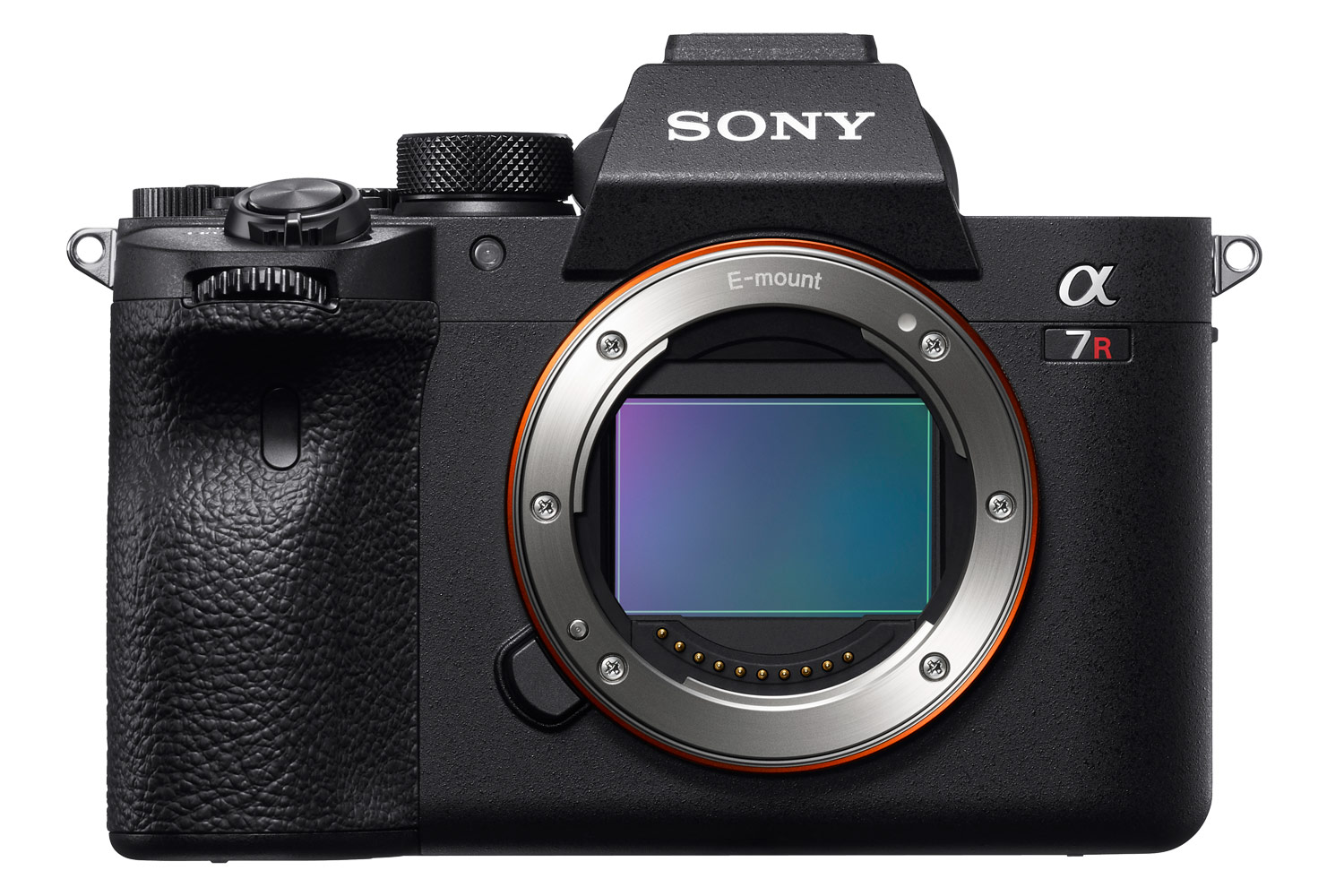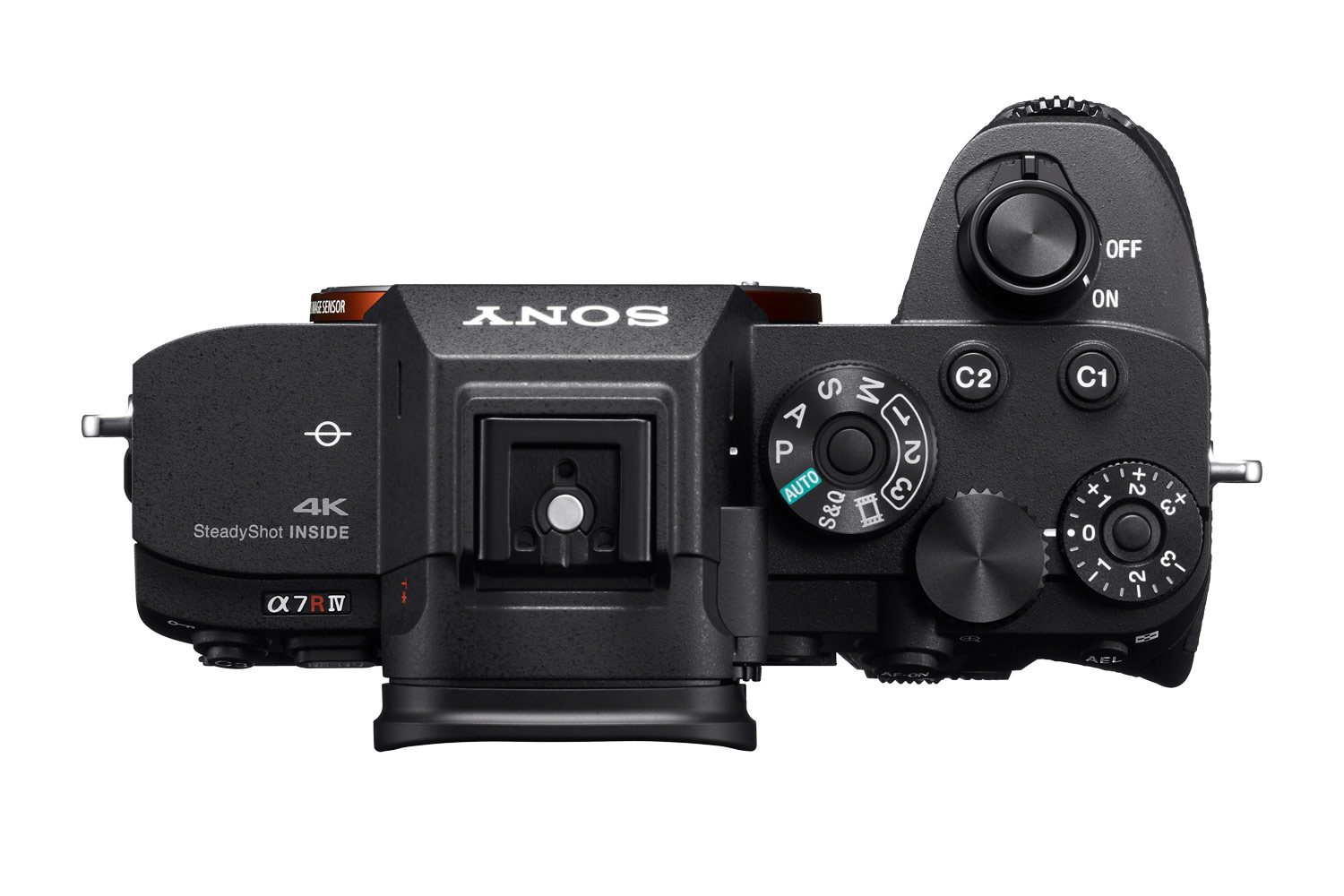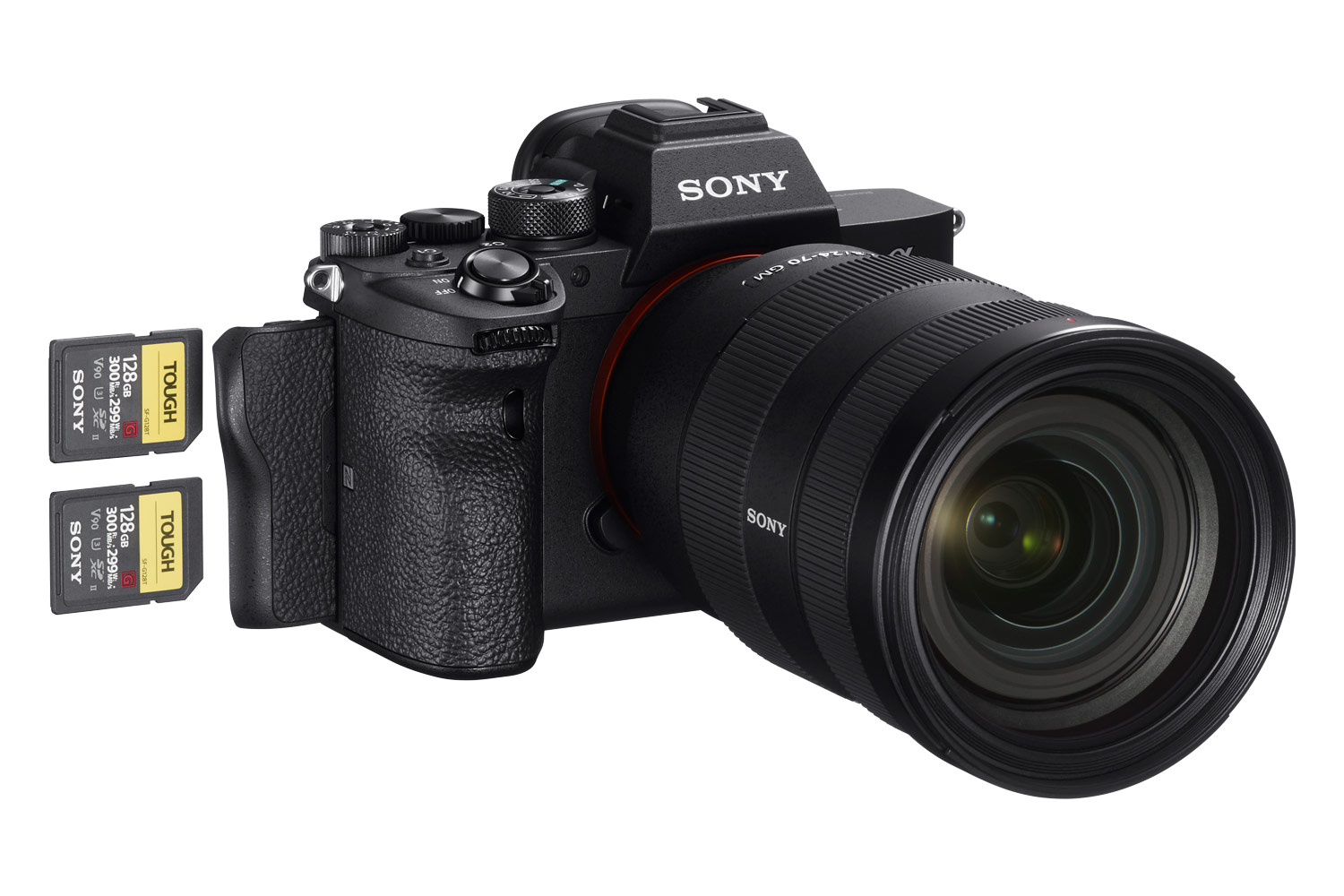Sony has dropped a bombshell, officially announcing the A7R IV mirrorless camera. Built around a newly developed 61-megapixel full-frame sensor, it is the highest-resolution full-frame camera now on the market — and the one to finally beat out the 50MP Canon EOS 5DSR from 2015. The new sensor offers about a 19-megapixel increase over the A7R III, but thanks to its backside-illuminated design, Sony says it still offers good low-light sensitivity and an impressive 15 stops of dynamic range.

Beyond the base resolution, a new 16-shot pixel shift mode can capture 960 megapixels that are processed down into a single 240MP image in Sony’s Imaging Edge desktop software. The 4-shot pixel shift mode from the A7R III also returns, which doesn’t add any spatial resolution, but does capture full color information at every pixel location, bypassing one of the limits of the Bayer filter design.
But the sensor isn’t the only thing that’s new. Sony has revamped virtually everything for the A7R IV. The body features improved weather sealing, a stronger lens mount, and a new, more ergonomic handgrip. The electronic viewfinder has been bumped up to 5.76-million pixels (putting it on par with the Panasonic Lumix S1 and S1R). Continuous shooting speed remains an impressive 10 frames per second, a speed it can hold for up to 7 seconds in both JPEG and RAW. For even longer bursts, an APS-C mode crops the image by 1.5x for extra zoom at a resolution of 26MP and can sustain continuous shooting for over 20 seconds.
Sony has always been a leader in mirrorless autofocus, and the A7R IV looks to continue the company’s tradition. It uses a new hybrid system with 567 phase-detection focus points covering 74% of the sensor, along with an additional 425 contrast-detection points. Phase detection is generally faster than contrast detection, as it can detect not only if something is out of focus, but in what direction and by how much. Sony says contrast detection is still required in some settings, however, such as low-light scenes.
Sony’s Real Time Eye AF and Real Time Tracking modes also come to the A7R IV, but this time they also work in video mode, a first for the Alpha series. These modes use artificial intelligence to detect and track a subject, providing impressive accuracy even with erratic subject motion. Eye detection works for both human and animal subjects, making it useful for everyone from wedding photographers to birders.
As is usual for Sony, video looks to be another strong point of the camera, with 4K offered at both full-width and a Super35 (APS-C) crop mode, with the latter offering full pixel readout for improved sharpness. S-Log2 and S-Log3 flat color profiles are available for capturing up to 14 stops of dynamic range, according to Sony, but video is still limited to 8-bit.
The Sony A7R IV will ship in September for a price of $3,500.
Editors' Recommendations
- The Sony A7C crams a full-frame camera in a svelte form factor
- Sony’s A7S III is the ultimate 4K video camera, five years in the making
- What really determines your camera’s resolution? We asked an expert
- Sony A7R IV vs. A7R III: An extra 20 megapixels isn’t the only difference
- 7 cameras that revolutionized photography and changed how we take pictures






